3 important presentation forms of being hospitable
Omotenashi: I recently saw this wonderful word in a newspaper article about the Okura Hotel. Omotenashi stands for “The Japanese spirit of hospitality.” The Managing Director of the Amsterdam Okura Hotel, Mrs. Emmy Stoel describes it as a ‘hospitable experience on a high level, expressed in a serene, modest and restrained manner. In this article, Mrs. Stoel gives the example of the toothpicks at the Okura Hotel, which are made of bamboo.
Hospitality or service?
My question to you is, as a professional: do the toothpicks in the example above belong under the chapter “hospitality”? My answers are both yes and no. Yes, in the eyes of the guests. But from a professional point of view I say: No. The toothpicks belong under the chapter “service.” It is important to make this difference, because someone can be very hospitable without giving any service and vice versa. In the next article I will come back specifically on the subject ‘service’.
“Your body speaks, before you speak.”
The ‘drivers’ of being hospitable
In a previous article I wrote about the ‘drivers’ behind being hospitable: your values and beliefs. Both are directing your skills and behavior. If it’s important for you to give people a hospitable stay, then you will show it automatically in your behavior. Through training you will learn to develop your skills and how to use your talents even better and more successful from out the (corporate) values of the organization where you work.
External manifestations
If you work in a hospitable environment, for example as a security professional, you might find it important to give people a hospitable and also a secure feeling.
Your professional appearance shows that you are taking care of security in a hospitable way. Your uniform or company clothes finalize your outward appearance, from out the corporate values en beliefs of the organization where you work.
The three major forms of visual presentation of being hospitable
- Overall body language
- Tone of voice
- Words that are used
Overall body language
“Your body speaks, before you speak.” Without saying any words, your overall body language speaks for itself. Body language is all that people can see on the outside of you: how you stand, how you move, your glance is, how you are dressed, and so on. Actually, it’s as looking at yourself objectively, while seeing yourself on video. The attention you give to your clothes, matching to your job or the occassion, makes it all complete.
When you go on holiday to a country where you do not speak the language, see how far you come, only using your body language.
Tone of voice
“C’est le ton qui fait la musique.” A Fresh saying about the influence of the tonality of someone’s voice and how things are said. Tonality has many forms. A person may have a high, low, soft, hard or sharp tone in his or her voice. Also an accent, dialect, lisps or stutters are a part of tonality. It’s not about good or bad, but that you are aware of the impact of the tonality of your voice.
Words that are used
Last in the list of external presentations are the words that you use. And the main thing is how you say it. Because you can say the most wonderful words, but only in the right order they have the best effect.
Besides spoken language in hospitality, I also mean the written form. Think about the words that you use in emails, on your website, in newsletters and in all other written communications that you use to be in contact with your guests, clients, visitors, patients, passengers and colleagues.
Your body language, tone of voice and the words that you use, provide in a right balance and presented in a right context, are a magical trinity, which gives you great successes and binds people to you.
My next article is specifically about “service.” Has service anything to do with being hospitable? Please read also about the Model of Attention of Mind Your Guest, leave a comment below, or ask a question.
With warm regards,
Robert Bosma
This post is also available in:
![]() Nederlands
Nederlands

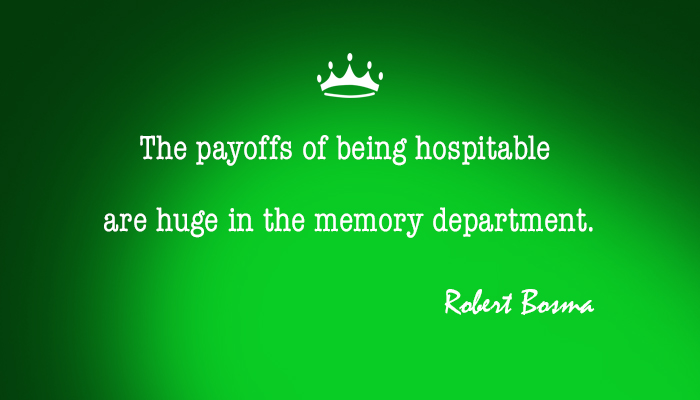


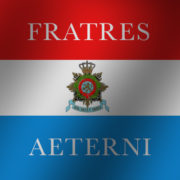
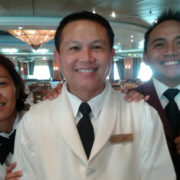
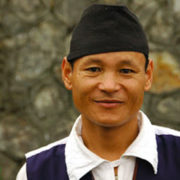


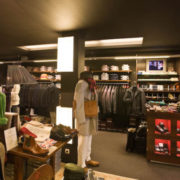
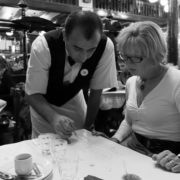


Leave a Reply
Want to join the discussion?Feel free to contribute!